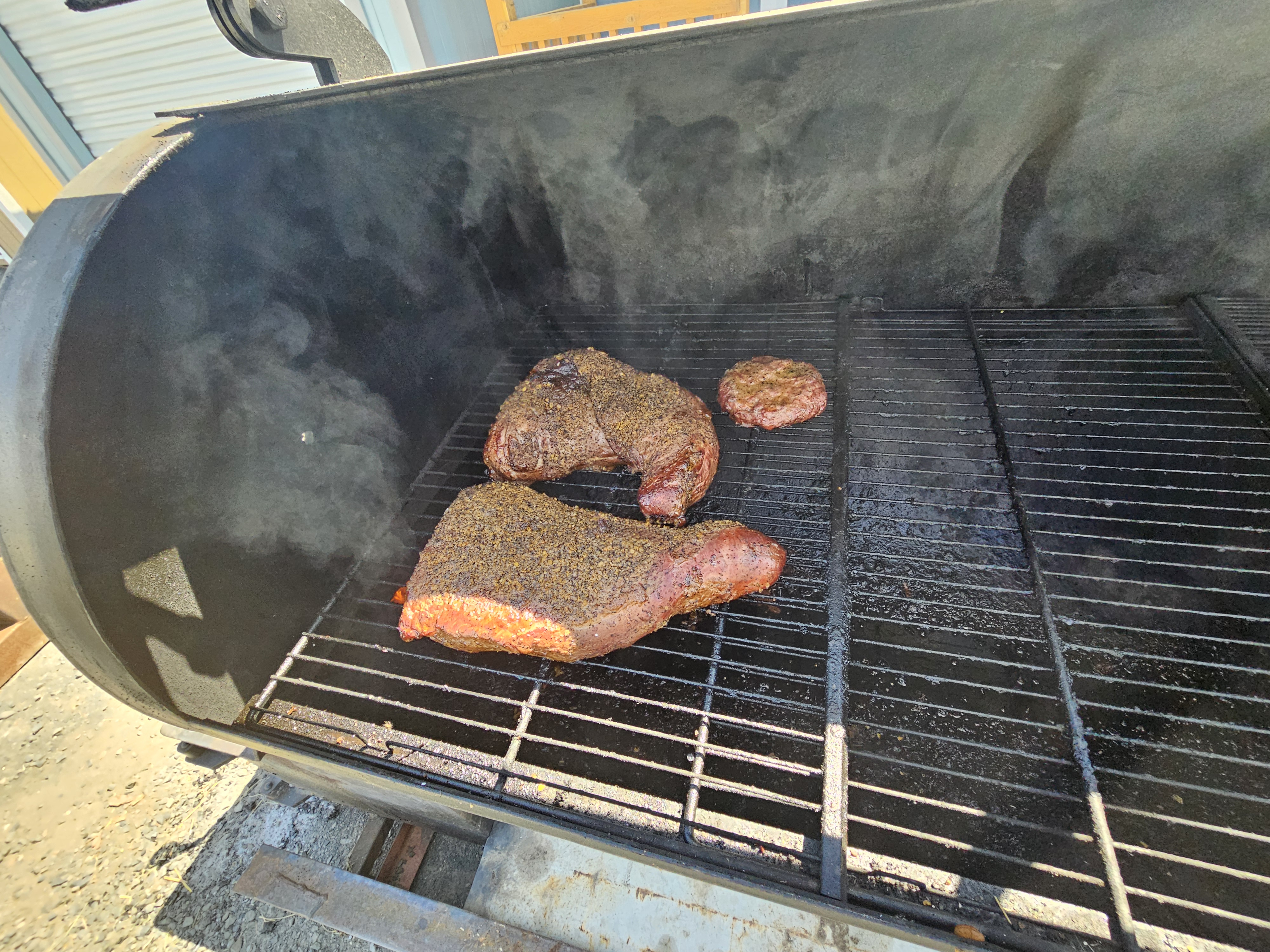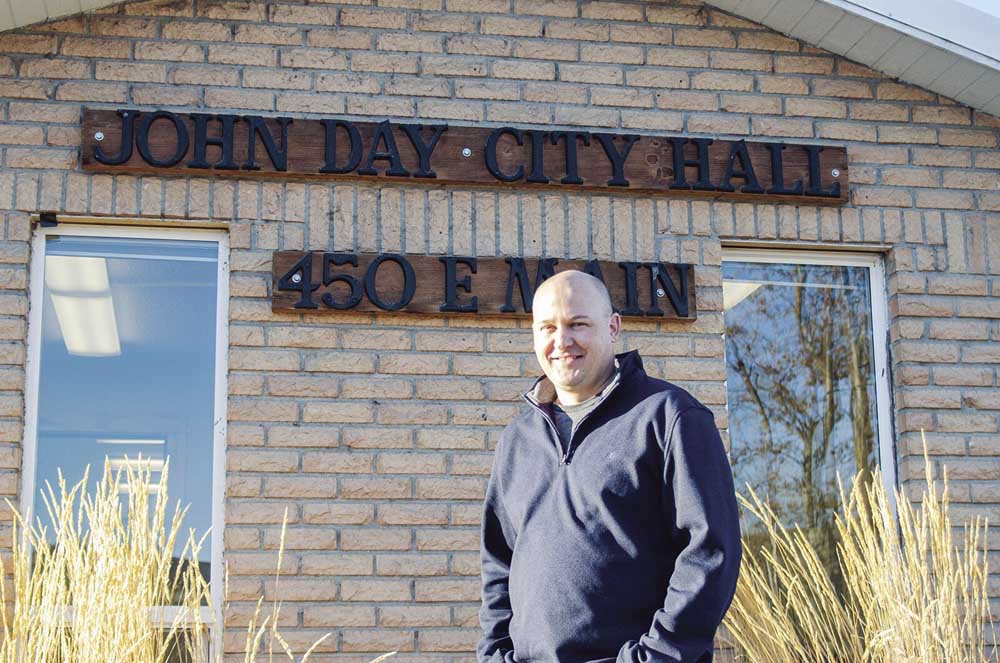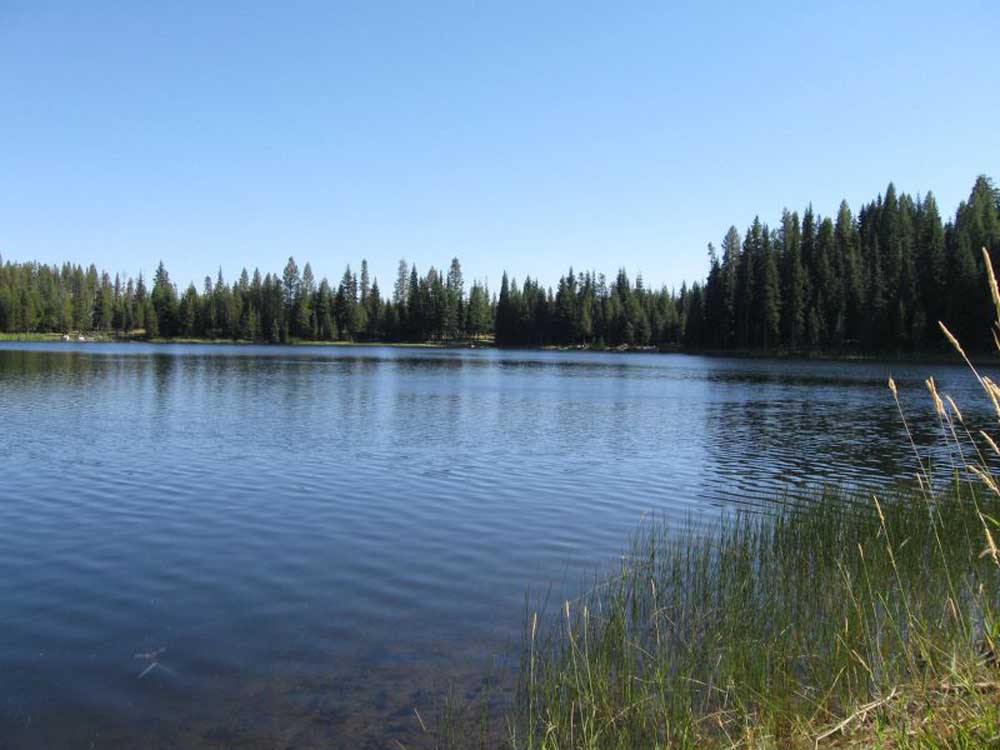Solar electric pasture project near Seneca put on hold
Published 4:00 pm Tuesday, June 18, 2024

- This artist’s rendering shows what an agrivoltaic solar panel installation, to be built by Bear Valley Solar Pasture at the Southworth Brothers Ranch near Seneca, might look like. The utility-scale panels, supported 9 feet above the ground, are designed to allow energy production and cattle grazing on the same land.
SENECA — Plans to build a novel solar electric project on pasture land in Bear Valley have been put on indefinite hold as the cost to send the power to a utility in Idaho has made the project unfeasible.
Last year, Grant County rancher Jack Southworth partnered with Portland-based Rute Foundation Systems on the project, which was designed to allow large-scale solar energy production and cattle ranching on the same land for the first time in Oregon.
The dual-use solar project is planned for about 8 acres on the sprawling Southworth Brothers Ranch, just north of Seneca along Highway 395. Idaho Power would have been a buyer of the power generated by the solar panels, Southworth said.
“We need the higher value that Idaho Power was willing to pay in order to continue to make the project feasible,” Southworth said.
The project, which aims to generate 1.5 megawatts of electricity when completed, would be sited next to an Oregon Trail Electric Cooperative substation adjacent to the ranch. OTEC officials said they do not have plans to buy power from the project when it’s completed.
Sven Berg, a spokesman for Idaho Power, said the company could not provide comment on the matter.
An agreement was made for Rute Foundation Systems to sell some of the electricity produced to Idaho Power, but that deal would have required the use of OTEC’s transmission lines and the cost to transmit the power, known as wheeling charges, would have been too high to make the project feasible, Southworth said. Officials with Rute could not be immediately reached for comment.
“It’s their full right to charge for that service, and OTEC has an obligation to provide power as cheap as possible to existing customers,” Southworth said. “We understand they need to charge us for those … charges in order to keep those rates low.”
OTEC spokesperson Shane Stenquist said with any new project coming into the system, developers are asked to cover the majority of their project costs up front “so that the rest of the membership is not paying for something that would benefit one member.”
“Anytime a generator wants to connect to OTEC lines they are charged a wheeling fee, which covers the cost of using that portion of OTEC lines,” Stenquist said. “We are careful to ensure that the cost application and what we need to recoup from a member for wheeling is applied consistently to ensure fairness to all members. We recognize that sometimes without subsidy the project does not pencil out for the member.”
Rute Foundation Systems new SunTracker agrivoltaic technology would allow cattle to graze under solar panels which would be supported 9 feet above the ground by a cable system. The panels would also be able to track the sun and angle themselves to avoid snow buildup.
Development officials said traditional fixed solar panels that do not allow for any other land use can have a negative impact on agriculture jobs because they use land that could normally be used to grow crops or raise livestock. With the new agrivoltaic technology allowing for dual land use of energy production and agriculture, rural jobs remain.
Southworth said he and the developer have not canceled the project and have looked into outside funding.
“We’re not worried that the project will fall apart because there’s going to be a greater and greater need for renewable sources of energy,” Southworth said. “And if we can use agrivoltaics where we can both produce power and graze livestock, that’s a win-win for Eastern Oregon.”





